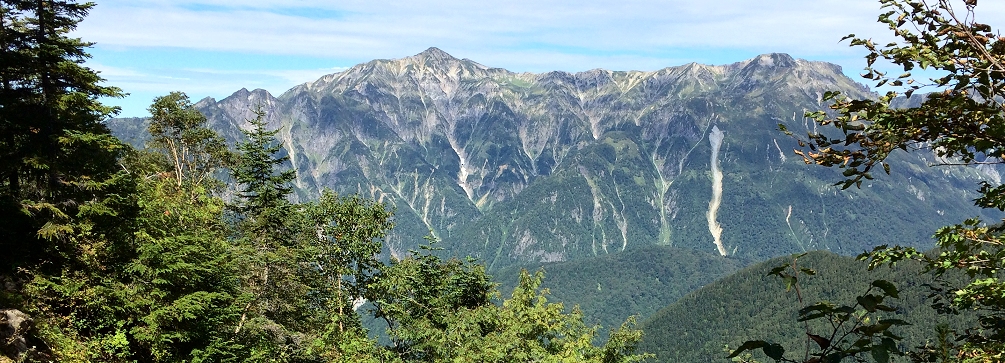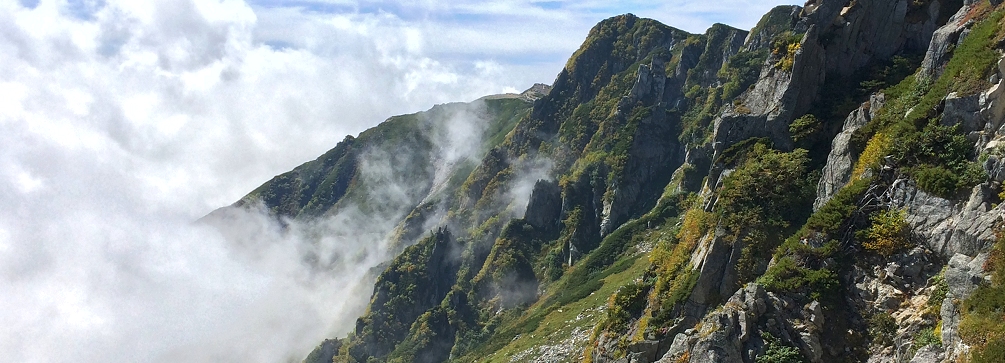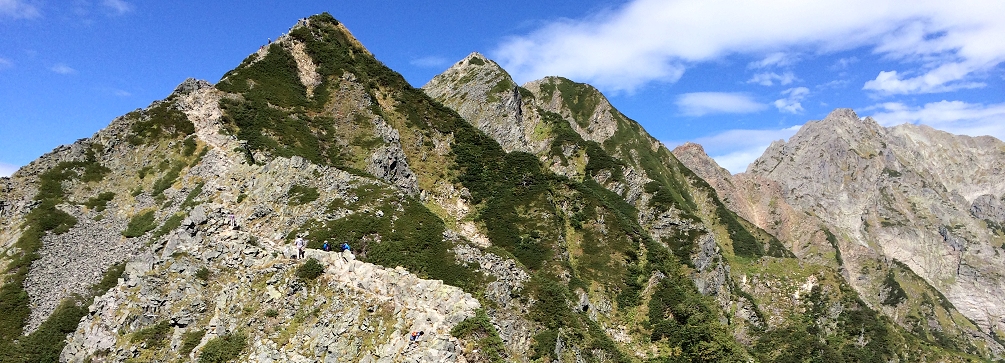Hiking the Japan Alps
The Northern and Central Alps

Join us to explore the splendors of the Japan Alps on this completely revised itinerary. The Japan Alps (Nihon Arupusu) are composed of three roughly parallel ranges commonly referred to as the Northern (Hida), Central (Kiso or Chuo) and Southern (Akaishi) Alps. This itinerary focuses on the Northern and Central Alps and includes hikes in the Hakuba, Tateyama, Kamikochi and Komagane areas. Immerse yourself in an environment filled with rushing forest streams, deep woodlands, windswept mountain ridges and craggy pinnacles!
This is a hotel-based, day-hiking trip rather than a “hut to hut” trekking-style tour. Evenings are spent in comfortable hotels with private-room accommodations and bathing facilities. Join us for this kōraku (“pleasurable outing”) to the heart of Japan’s mountain world!
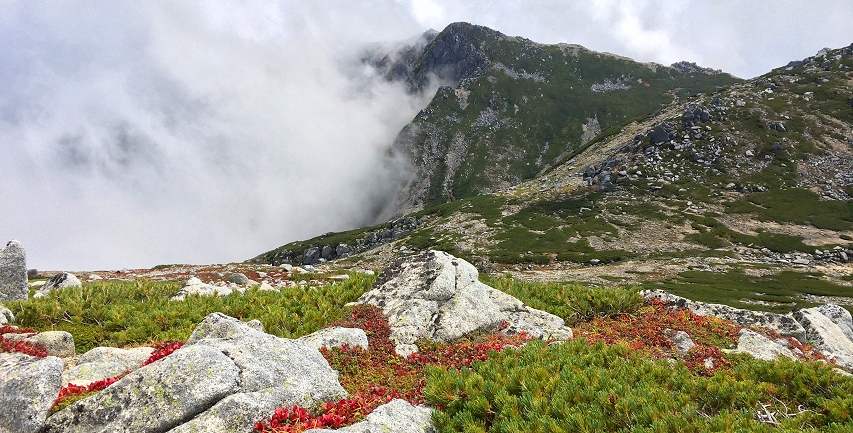
Alpine scene at Mount Kisokoma in Japan’s Central Alps.

Day 1
Overnight in Hakuba
This morning, depart Toyko bound for Hakuba in the Northern Japan Alps. En route, stop in Matsumoto to visit the beautiful Matsumoto Castle also known in Japanese as Karasu-jo (“crow castle”) because of its black exterior. The keep (tower) of the castle dates from the sixteenth century and retains its original wooden interiors and stonework. Continue tof Hakuba, one of Japan’s largest ski and mountain recreation resorts. Hakuba was the main venue for the 1998 Winter Olympics and hosted the alpine skiing, ski jumping and cross-country events. Settle in for a two-night stay.
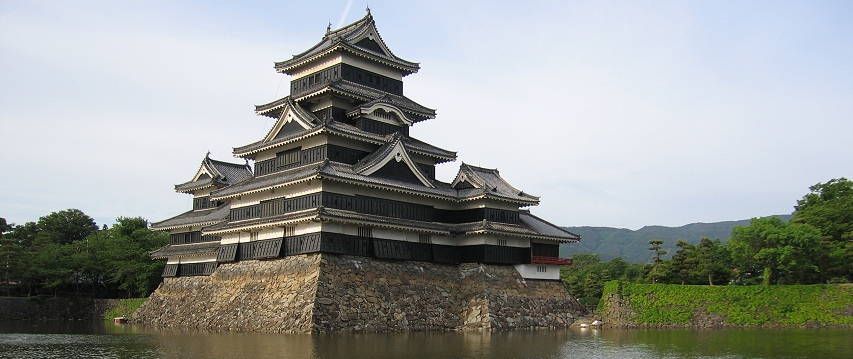
Matsumoto Castle.

Day 2
Overnight in Hakuba
After breakfast, travel by gondola and chairlift to reach the high mountain ridges above Hakuba town. This area is part of the Chubu-Sangaku National Park which encompasses a large portion of Japan’s Northern Alps. Today’s hike heads westward along the Happo Ridge (Happo-one) with the trail ascending to the small, picturesque pond known as Happo-ike. From the pond, views extend north to Mount Shirouma (“White Horse”) and south toward the high peaks of Mount Goryu and Mount Kashimayari. For a more challenging option continue ascending along the ridge beyond Happo-ike to reach the peak of Mount Karamatsu (Karamatsu-dake). From the summit, a stunning vista of peaks unfolds to the south and west, and on a clear day, the waters of the Sea of Japan are visible to the northwest. Return to the upper station of the chairlift and descend to Hakuba where you’ll spend a second night.

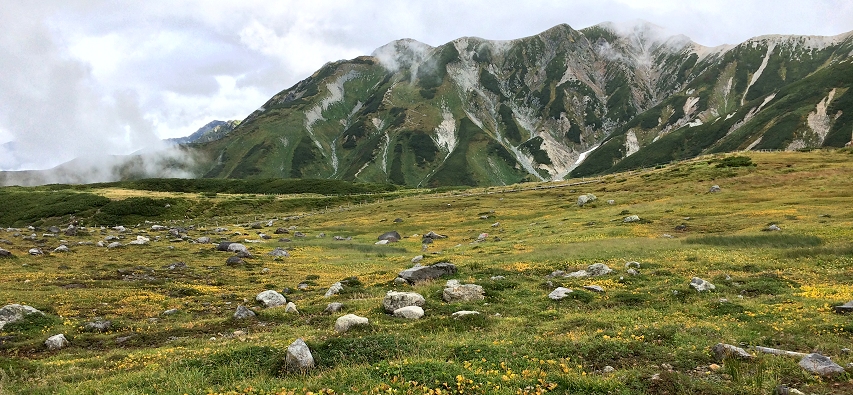
Mount Tate (Tateyama) rising above alpine meadowlands.
Day 3
Overnight in Tateyama
Depart Hakuba this morning and travel by vehicle to Ogizawa where you’ll begin your traverse of the Northern Alps via the Tateyama Kurobe Alpine Route, a multi-modal transport system utilizing buses, funiculars, and cable cars (called “ropeways” in Japan) to carry passengers across the mountains. The high point of the route is reached at Murodo (about 8,000 feet above sea level). From this point you’ll begin the descent by bus through the expansive highlands on the western flanks of Mount Tate (pronounced “tah-tay”) known in Japanese as Tateyama (立山). Tateyama along with Mount Fuji (Fujisan) and Mount Haku (Hakusan) comprise the Nihon Sanreizan (Japan’s three most sacred mountains). During the descent, you’ll have the opportunity to get out and experience the highlands on short hikes at Tengudaira and Midagahara, an area of extensive alpine marshlands. Further down the mountain, a hike at Bijodaira will take you through forests of thousand-year-old cedars and beeches. At the end of the day, make the final descent by funicular and arrive at your hotel at Tateyama Station. Check in for a two-night stay.
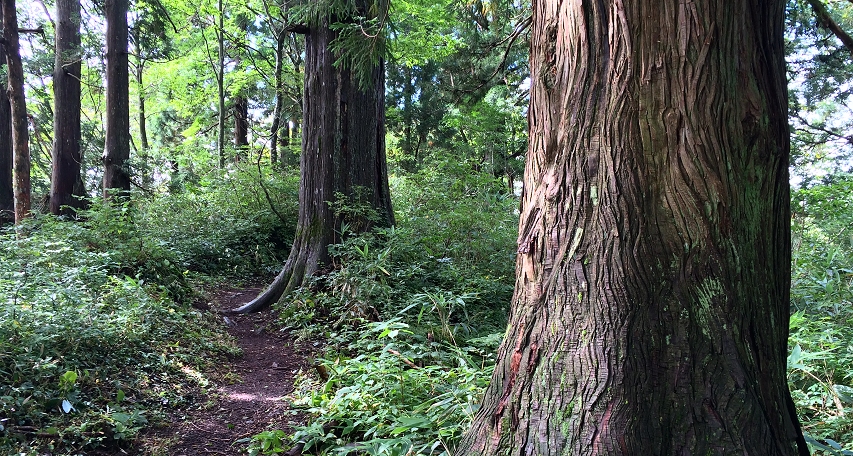
Large Japanese cedars (sugi) along the trail at Bijodaira.

Day 4
Overnight in Tateyama
This morning, travel by funicular and bus back up the slopes of Tateyama to Murodo. From Murodo you can embark on a loop hike over the two summits of Mount Tate (Tateyama). A sacred peak, Tateyama was once an important place of pilgrimage for practitioners of Shugendō, a combination of Shinto and Buddhist beliefs and practices including rigorous physical and spiritual training in natural surroundings, particularly the mountains. Today, the mountain continues to draw people for traditional reasons as well as simply for the astounding views offered from its summit on a clear day! From Murodo a path ascends to the Ichinokoshi mountain hut at the pass between the peaks of Tateyama and Mount Jodo. The trail continues its ascent to reach O-yama, the lower of Tateyama’s two summits. Here you’ll find a Shinto shrine perched on the peak’s highest point. From O-yama, continue along the summit ridge to reach Onanji-yama, Tateyama’s higher summit. The trail continues toward the peak of Bessan with the pyramidal form of Mount Tsurugi looming beyond. From Bessan, the route descends and loops back to Murodo passing by the steaming vents and bubbling springs of Jigokudani (“Hell Valley”). Near the end of the hike, you’ll pass Midorigaike and Mikurigaike both of which are small crater lakes. On a blue sky day Mikurigaike exquisitely mirrors the surrounding mountain peaks. A shorter hiking option is also available on this day. Return by bus and funicular to Tateyama Station and your hotel.
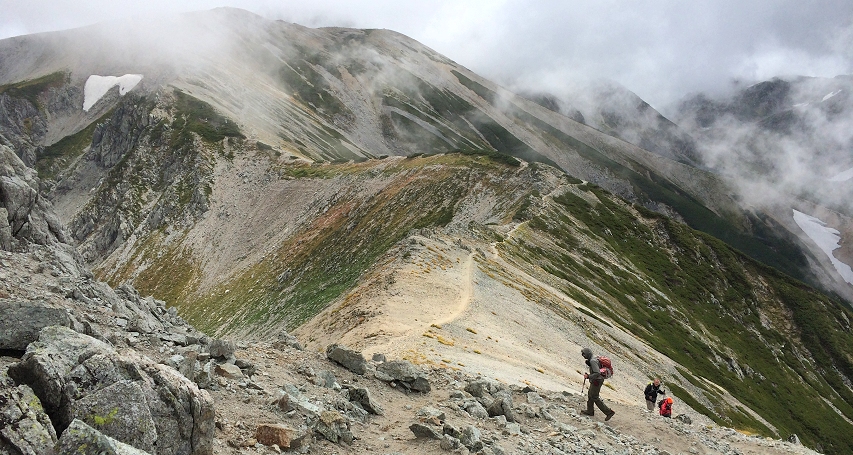
Hiking the high ridges near Tateyama.

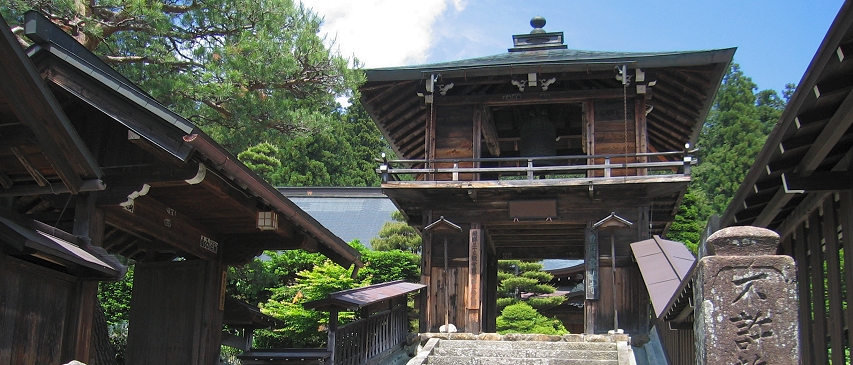
Gate to the temple of Unryuuji (“Cloud Dragon Temple”) on the Higashiyama Promenade.
Day 5
Overnight in Shinhotaka Onsen
Depart Tateyama this morning and travel by vehicle to the town of Takayama (sometimes referred to as “little Kyoto”) in the Hida region of Gifu prefecture. You can spend some time walking the streets of Takayama enjoying its Edo Period (17th to 19th centuries) wooden merchant houses particularly on the street called Sannomachi. Coffee houses line the street and old sake breweries (indicated by a ball of cedar branches over the entrance) can be found at the southern end of the street. Takayama is also known for its cuisine which features sansai, or wild mountain vegetables. If you want to stretch your legs on a hike you can embark on what’s often called the “Higashiyama Promenade” which winds through Takayama’s lovely Temple District (Teramachi). This hike will take you past a number of classically beautiful temples that adorn the hillsides east of Takayama’s center. Later in the day travel by vehicle to the hot spring (onsen) resort settlement of Shinhotaka where you’ll spend the evening.

Grounds of Zennoji, Takayama.

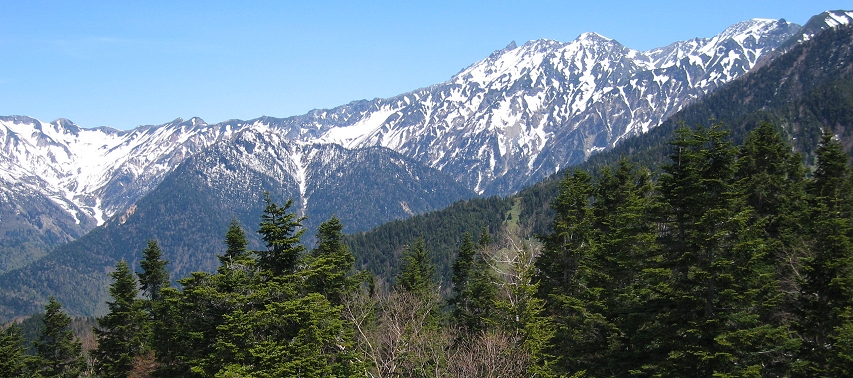
Looking toward the peak of Yarigatake from the upper station of the Shinhotaka Ropeway.
Day 6
Overnight in Kamikochi
Ascend into the mountains via the double-deck cable cars of the Shinhotaka ropeway. From the upper cable car station, ascend the ridge to the Nishi Minoru mountain hut where views extend over a sea of mountains and hills toward the distant summit of Mount Haku (Hakusan). If desired, extend the walk by ascending the ridgeline northward toward the peak of Nishihotaka and the rocky pinnacle called Doppyo. Retrace your steps to the cable car station, descend to Shinhotaka and travel by vehicle to Kamikochi where you’ll spend the next two evenings. For a longer “through-hike” option, you can descend from the Nishi Minoru mountain hut and hike to your hotel in Kamikochi. Kamikochi is an important center of mountaineering in Japan and its development as such can be attributed to two Westerners in particular. William Gowland, an English mining engineer, spent sixteen years working for Japan’s Meiji government beginning in 1872. In his spare time, he undertook mountaineering expeditions in the Kamikochi area. Gowland is said to have coined the term “Japanese Alps.” The Reverend Walter Weston, a British Anglican missionary, arrived in Japan in 1888. He did much to popularize the sport of mountaineering in Japan through his writings which included the book, Mountaineering and Exploration in the Japanese Alps published in 1896. He was instrumental in the establishment of the Japanese Alpine Club in 1906. He also lobbied for the protection of Kamikochi’s natural environment, an effort that eventually led to the establishment of the Chubu-Sangaku National Park in 1934. A memorial to Weston now stands in Kamikochi.
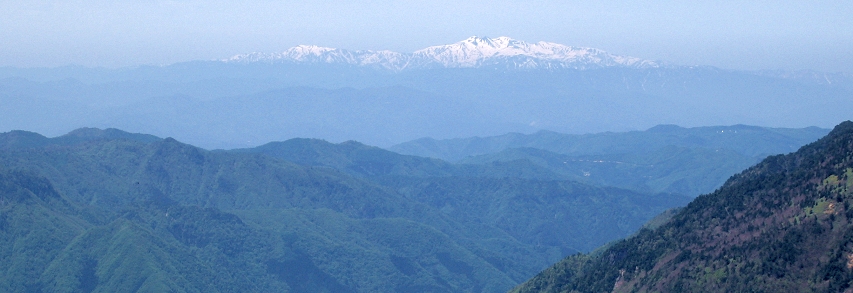
Seen from above Shinhotaka, the distant peak of Hakusan floats dream-like over a sea of azure ridges.
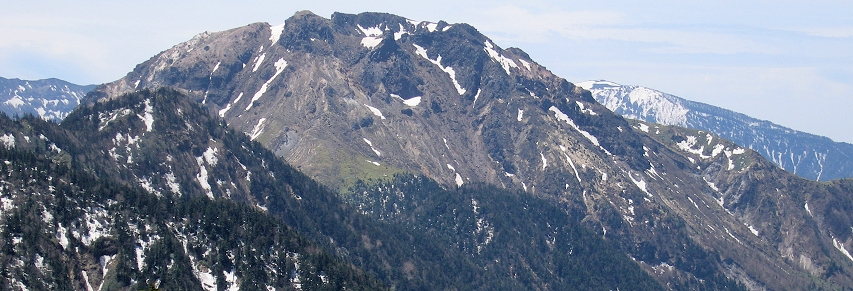
Yakedake is a volcanic summit in the northern Japan Alps.


Hikers on the riverside trail in the Azusa Valley.
Day 7
Overnight in Kamikochi
Hike up the valley of the Dakesawa from Kamikochi. The trail ascends beneath the peaks of the Hotaka Range offering views of the steaming, dome-like summit of Yakedake, the only volcano in the northern Japan Alps. Continue along the trail to reach the Dakesawa mountain hut in a subalpine setting near the timberline. You can continue beyond the hut, climbing for a mile or so to higher viewpoints that allow you to survey the valley of the Azusa River and the surrounding peaks. Retrace your steps to Kamikochi and enjoy a second evening in the heart of the Japan Alps.
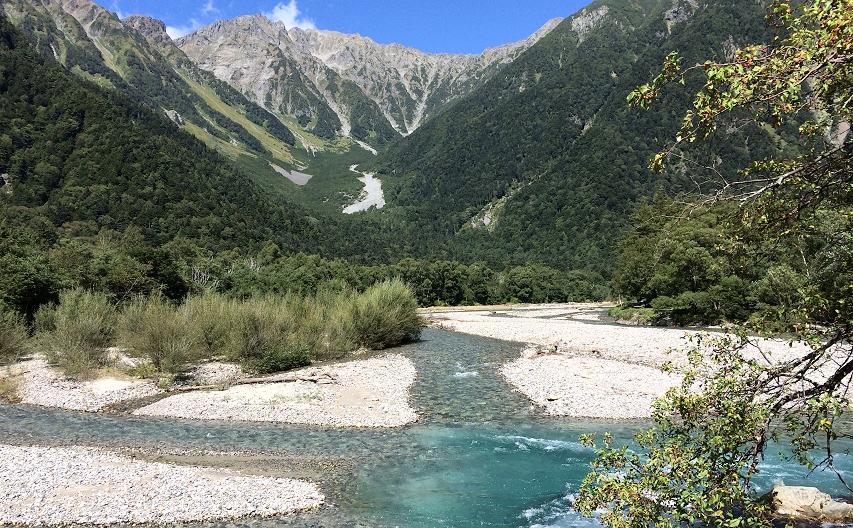
Dakesawa and the peaks of the Hotaka Range, Kamikochi.

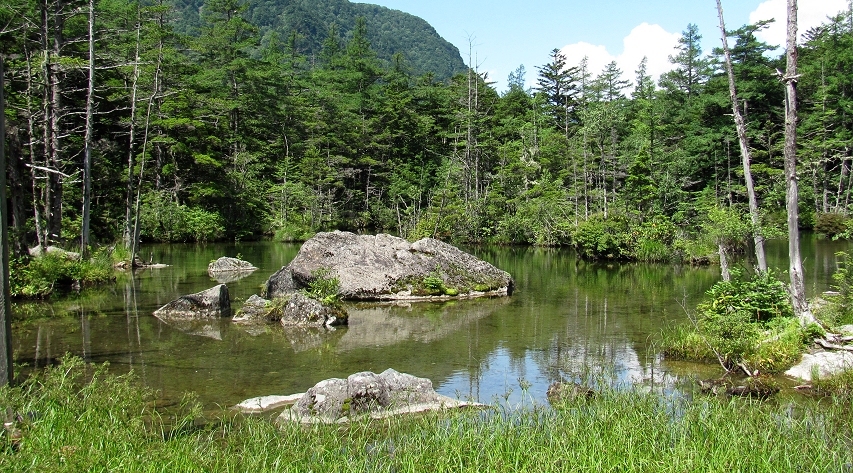
Lovely Myo-jin Pond near Kamikochi.
Day 8
Overnight in Komagane Kogen
Hike upstream along the floor of the Azusa Valley through beautiful woodlands. Japanese macaques (monkeys) are often seen along this trail. Cross the Azusa-gawa (Azusa River) to reach the lovely Myo-jin Pond. Its calm waters studded by boulders reflect the surrounding forest and ridges. Return to Kamikochi by following the path along the Azusa River’s right bank passing through fragrant forest laced by crystal clear, spring-fed streams. Travel by vehicle from Kamikochi south to the Central Alps at Komagane. Settle in for a two-night stay at the foot of the mountains in a comfortable hotel at the resort area of Komagane Kogen.
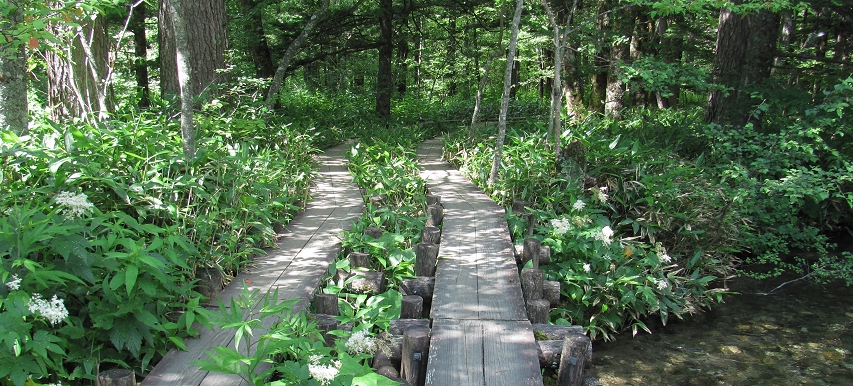
Boardwalk trail heading back to Kamikochi from Myo-Jin Pond.

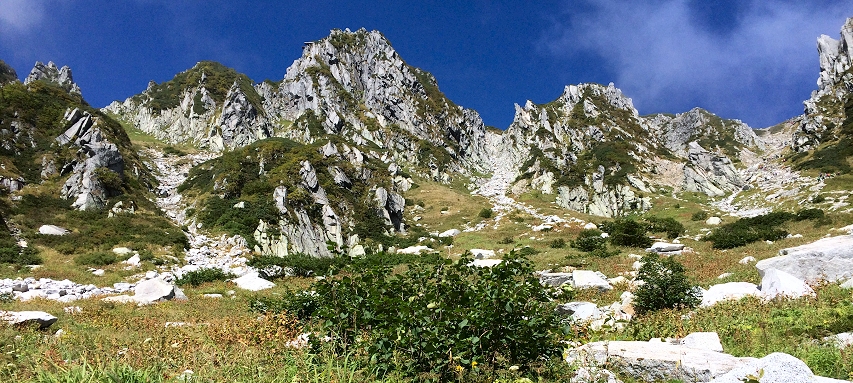
The dramatic headwall of the Senjojiki Cirque, Central Alps.
Day 9
Overnight in Komagane Kogen
Ascend by bus and ropeway from Komagane Kogen to the alpine wonderland of the Senjojiki Cirque (referred to in Japanese as the “Senjojiki Curl”). The cirque is well known for its display of summer wildflowers. From the floor of the cirque a trail ascends in a series of tight switchbacks to the ridgeline between the sharp peak of Hokendake and the rounded summit of Nakadake. Once on the ridge, you’ll enjoy sweeping views across the Central Alps. Hike northward along the crest of the ridge to the peak of Kisokomagatake (Mount Kisokoma), the highest peak in Japan’s Central Alps. If you’re lucky, you might spot a Japanese edelweiss (Leontopodium shinanense) among the rocks on Mount Kisokoma. Retrace your steps to the starting point. If you’d like a longer hike it’s possible to return to the starting point via an alternate route that passes by a couple of small mountain tarns. At the end of the hikes, descend by cable car and bus to Komagane Kogen for the evening.
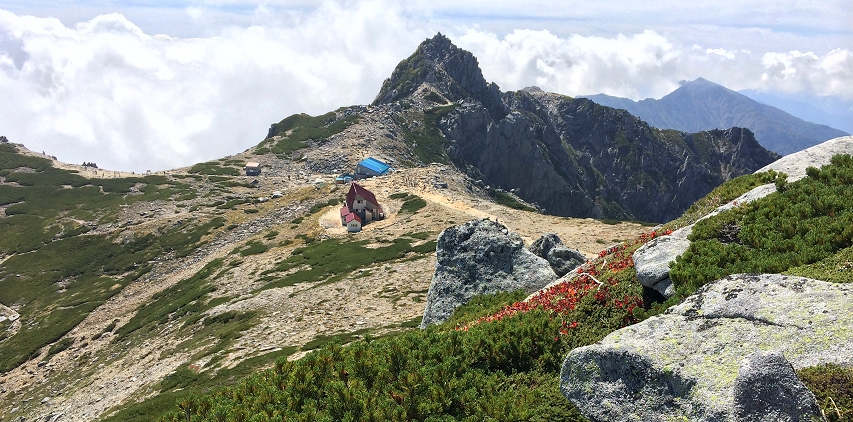
Craggy Hokkendake rising above the Senjojiki Cirque, Central Alps.
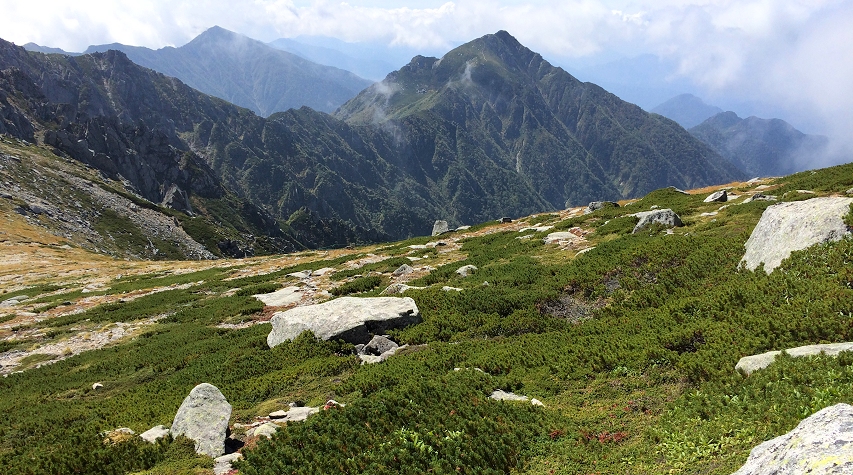
The peak of Sannosawa-dake in the Central Alps as seen from the slopes of Mount Kisokoma.

Departure day
Transfer to Tokyo
After breakfast, depart for Shinjuku Station in Tokyo for your onward connections. You will arrive at Shinjuku in time to make bus or rail transfers to either Narita or Haneda Airports for same day flight departures.
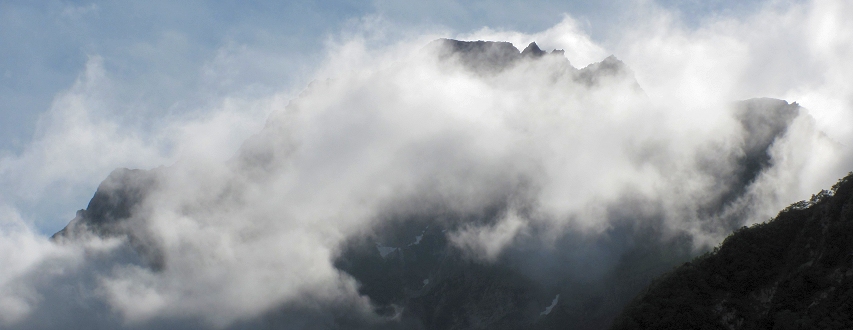
Cloudscape in the Northern Japan Alps as seen from the Azusa River Valley, Kamikochi.
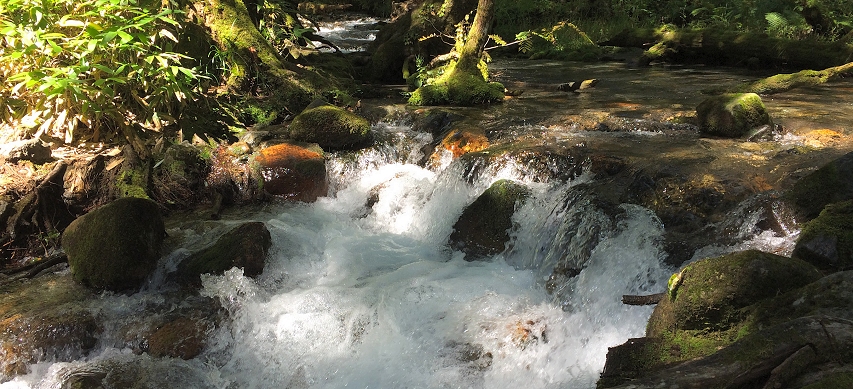
Tumbling waters in the Kamikochi area, Japan Alps.

Photos on this page are by John Osaki (© All Rights Reserved) except as otherwise credited.


